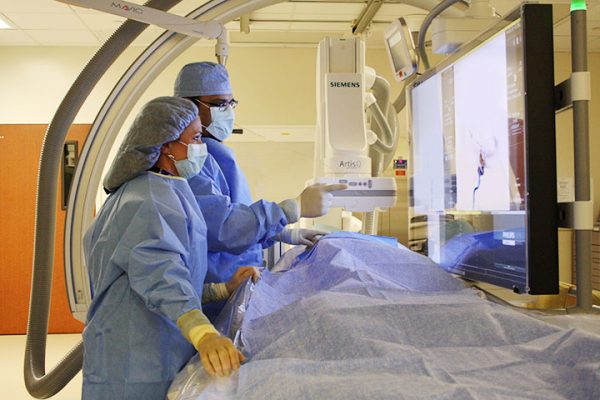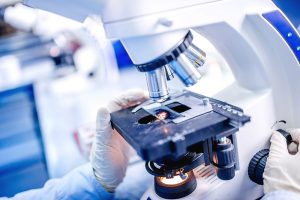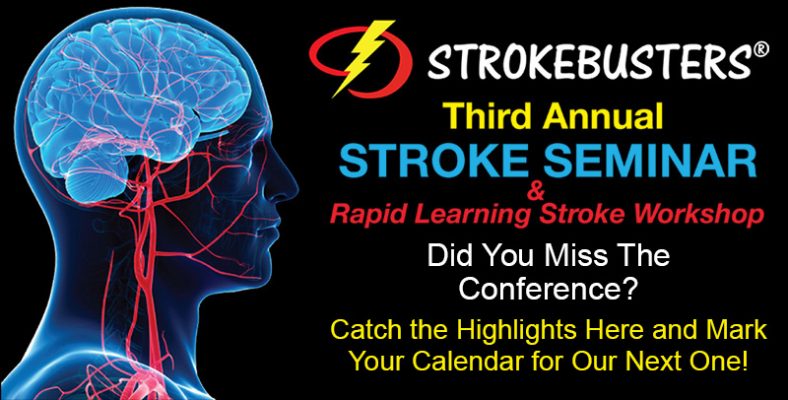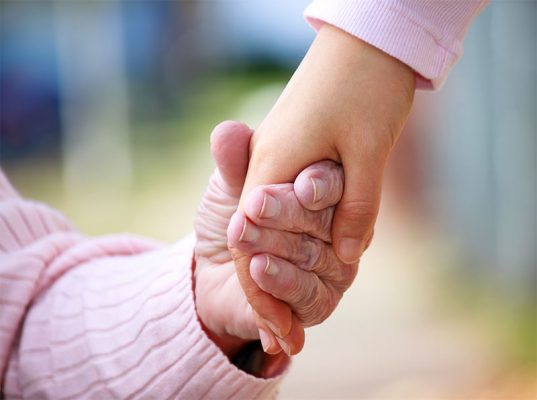Once the initial emergency has passed and the patient is stable, further testing will be necessary to determine the cause of the stroke, further treatment needed, and how to prevent future strokes. Different types of strokes will call for different rehabilitation plans.
While in the hospital, patients will be monitored for brain swelling, seizures, blood clots in the legs or lungs, infections, high blood pressure or abnormal heart rhythms, and any difficulty in swallowing.
Early Rehabilitation
Rehabilitation should start in the acute setting, while the patient is in the hospital. Very early rehabilitation results in better outcomes for stoke patients. A successful recovery will also depend on the type and severity of stroke the patient experienced, his or her motivation, and support. While in the hospital, stroke patients will be assessed by physical therapist, occupational therapist and speech therapist who will show the best way to begin the road to recovery and recommend the most appropriate discharge plan. Rehabilitation will continue after discharge, with the ultimate goal of becoming as independent as possible.
When it’s time to be discharged from the hospital, the physician may recommend one of three rehabilitation options:
- Inpatient rehabilitation – an acute rehabilitation facility designated for patients who have any ongoing illness requiring around-the-clock nursing care stroke team support for optimal rehabilitation.
- Home health/outpatient therapy – offers a range of services and support that can be provided at your home during your recovery.
- Long term care facilities and skilled nursing care– facilities with trained staff that can care for patients left with major disabilities following a stroke.
Patients will have a team to help with recovery and future rehabilitation. In addition to friends and family, they may include:
- Neurologist – a physician who specializes in diagnosis, treatment, and prevention of neurological diseases including stroke.
- Neurointerventionalist – a specialist who uses advanced, minimally invasive brain procedures that treat entities such as aneurysms, stoke, tumors, vascular abnormalities and malformations.
- Neurosurgeon –a physician who specializes in surgical treatment of disorders involving brain and spinal cord.
- Stroke rehabilitation team
- Rehabilitation nurse – focuses on helping stroke survivors in managing their health problems that resulted from stroke, as well as helping manage medications and controllable risk factors to prevent future stroke from occurring.
- Physical therapist – focuses on any physical disability that resulted from a stroke and helps with problems involving balance and movement through various exercises.
- Occupational therapist – helps with activities of daily living that include dressing, bathing, brushing teeth, writing, cooking, etc.
- Speech/language therapist – focuses on rehabilitation of speech and ability to swallow.
- Dietitian – Teaches healthy eating habits and recommends a diet.
- Social worker – supports patients with decision making regarding choosing the best discharge option and living arrangements for optimal recovery, including assistance with health insurance.
- Case manager – responsible for coordinating care between multiple providers and follow up care.
Recovery from disability depends on the size and location of the stroke. A small stroke may result in problems such as weakness in an arm or leg, while a large stroke may cause paralysis or loss of speech. Each stroke patient is unique and will follow different programs with different time requirements. For example, a patient with mild disability may only need one or two weeks at a rehabilitation center, while another patient with difficulty speaking and paralysis on one side may require up to six weeks before returning home.
The goal is to help the patient regain function, adapt to new limitations, learn to use tools to help compensate, and adjust to his or her new life as much as possible.
It’s important for the patient to get the most out of the rehab experience.
- Talk with the staff to help prepare for release. Welcome their advice. Ask lots of questions. Find a stroke survivor support group.
- Cooperate with therapists and work hard to recover. Develop a post-rehab plan to become as independent as possible.
- Watch how nurses and therapists provide care and help the patient practice – whether it’s ways to get out of bed without help, using utensils to eat, buttoning a shirt, or other basic tasks that used to be second nature.
- Keep a folder of information. List tests the patient has undergone and the results, prescribed medications, and what exercises to continue. Know the patient’s pre-stroke medical history, too.
- Plan for the days and weeks after the patient’s return home. Schedule appointments, continue physical therapy. Decide what kind of help is needed – if any.
- Don’t be afraid to ask the medical team for help. They are there for you.





